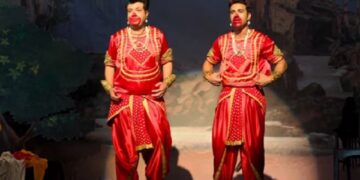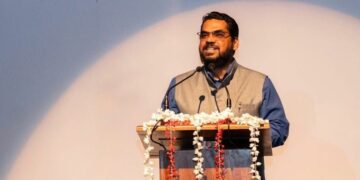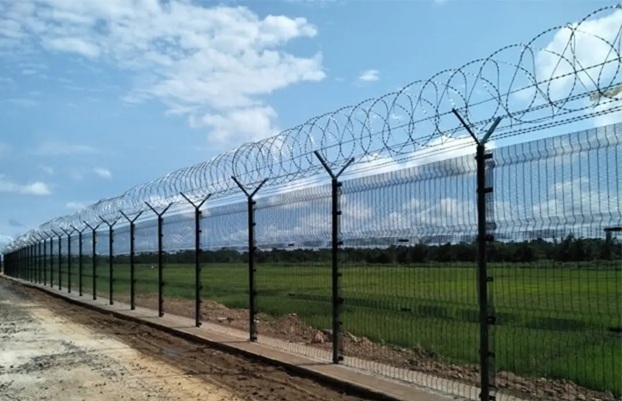In the low-lying plains of West Bengal, where the Ganges branches into countless channels before merging with the Bay of Bengal, the story of Partition still reverberates.
Over the decades since 1947, a slow but steady change in the state’s demographic profile has stirred political, cultural, and social anxieties.
Census data trace this transition clearly. Hindus, who made up nearly 78.5% of Bengal’s population in 1951, accounted for just over 70% by 2011.
During the same period, Muslims grew from less than 20% to more than 27%, with estimates suggesting the figure may touch 30–35% by the mid-2020s.
This growth, attributed to higher fertility and illegal migration from across the border, is most visible in districts such as Murshidabad, Malda, and North 24 Parganas, where Muslim populations range from one-third to two-thirds.
Murshidabad, with over 66% Muslim population, has often been in the spotlight—most recently during violence linked to protests over the Waqf Act.
Preliminary probes by the Ministry of Home Affairs have suggested the involvement of Bangladeshi nationals in the unrest, a reminder of the porous and politically sensitive border.
The boundary separating India from Bangladesh stretches for more than 4,000 km, much of it unfenced, marshy, or riverine.
While Hindus displaced during Partition often sought formal refugee status, Muslim migrants typically blended into local communities through shared language and kinship ties.
What began as movement driven by Partition-era instability gradually transformed into organised migration, with traffickers charging fees to facilitate illegal crossings.
Intelligence officials describe this as a “structured network,” involving safe houses, political complicity, and forged identity papers.
The impact of these shifts has been far-reaching. In border towns and rural belts, many migrants integrated into the informal economy—taking over fisheries, vending, or manual work—often sidelining locals.
Sandeshkhali in North 24 Parganas has drawn attention for allegations that Rohingyas, who arrived over the last decade, were sheltered by political actors and later became muscle power in local disputes.
The cultural effects have been just as profound. Villagers in Kaliganj and Baduria recount changes in festivals, rituals, and even daily customs, while some Hindu families claim they were pressured into selling land and moving deeper inland.
Retired BSF officers and local residents point to signs of radicalisation, from madrassas with external funding to heightened religious conservatism among younger generations.
Cases of high-profile fugitives living undetected for decades in Bengal illustrate the gaps in enforcement.
Abdul Majed, convicted in Sheikh Mujibur Rahman’s assassination, managed to live in Kolkata for 23 years with Indian documents before being arrested in 2020.
Similarly, other convicted assassins and criminals obtained ration cards, Aadhaar, and passports through local networks.
Enforcement Directorate raids in 2019 revealed the extent of document forgery, pegging the racket’s worth at thousands of crores annually.
Forged IDs, often available for a few tens of thousands of rupees, enabled migrants to embed themselves as Indian citizens.
The ED has linked these operations to larger trafficking syndicates that also exploit women and children.
The political landscape has played a pivotal role in shaping this issue.
Successive state governments—from the Congress era through the Left Front to the current Trinamool Congress—have been accused of enabling infiltration, allegedly to consolidate vote banks.
Statements by ruling leaders, such as claims that Bengal’s Muslims could eventually form a larger majority, have intensified political fault lines.
Opposition leaders routinely cite these remarks as proof of “appeasement politics.”
Meanwhile, security experts warn that the demographic and cultural churn in Bengal is not merely about population percentages.
They see it as a question of sovereignty, resource control, and the future identity of the state.
As one retired BSF officer remarked: “Borders are not just lines on a map. They decide who belongs—and who controls the story of Bengal.”















